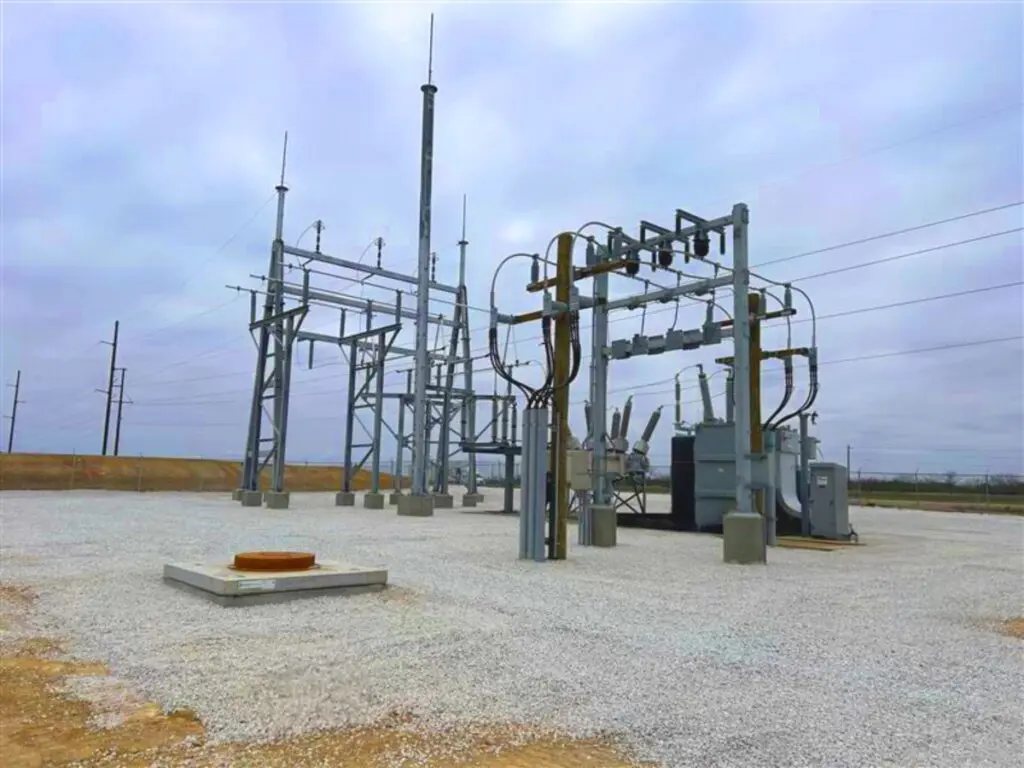

Want to share this article?
Managing the Challenges of Decommissioning
Any long-term strategy of an offshore oil and gas production company will likely include offshore platform decommissioning.
After years of production, the wells eventually run dry. As during construction, cleanly and effectively removing an offshore platform is vital to maintaining the environment around it. However, decommissioning isn’t as simple as lifting the deck structure away and plugging a well hole. Many engineering and economic challenges await the business.
The regulatory paperwork and permitting process can pose an initial hurdle for the offshore industry. The U.S. decommissioning process is in part regulated by the Bureau of Safety and Environmental Enforcement (BSEE) and 30 CFR Part 250. The Bureau of Ocean Energy Management, Regulation, and Enforcement (BOEMRE) also has a say in the matter, controlling idle time and abandonment procedures. This process can at times be outside the expertise of in-house personnel, requiring help from a third party who understands the regulatory process and can navigate the permit paperwork.
Another major challenge of decommissioning isn’t as much about any particular removal step but more about the associated planning and cost. In a February 2015 article for Rigzone, Reverse Engineering Services’ managing director Brian Twomey elaborated on these two problems:
- many offshore structures “have not been designed with removal in mind”
- decommissioning cost can average about 1.2 times construction cost.
Incidentally, these two problems have some logical crossover.
It’s easy to imagine if a structure is designed and constructed with decommissioning in mind, it will likely reduce the decommissioning costs later. Those designing and constructing new nuclear power plants exemplify the idea of including decommissioning considerations, supported by a wealth of research by the likes of the OECD Nuclear Energy Agency (PDF), Idaho National Laboratory (PDF), and the U.S. Department of Energy. Like those nuclear engineers, offshore design engineers should consider designs that lead to a more rapid, environmentally-friendly decommissioning; this includes simplifying construction such that taking it apart will also be simple.
Continuing education also provides an opportunity to make the challenges of decommissioning easier to manage. Attending a major conference like the annual Decommissioning & Abandonment Summit provides an opportunity to discover new ways to improve cost efficiency and intervention methodologies. (The next one in February 2016 will include a cost reduction workshop.) The Decom Offshore one-day conference in the U.K. provides similar opportunities to knowledge seekers. Organizations like the Society of Petroleum Engineers also offer courses on offshore decommissioning.












